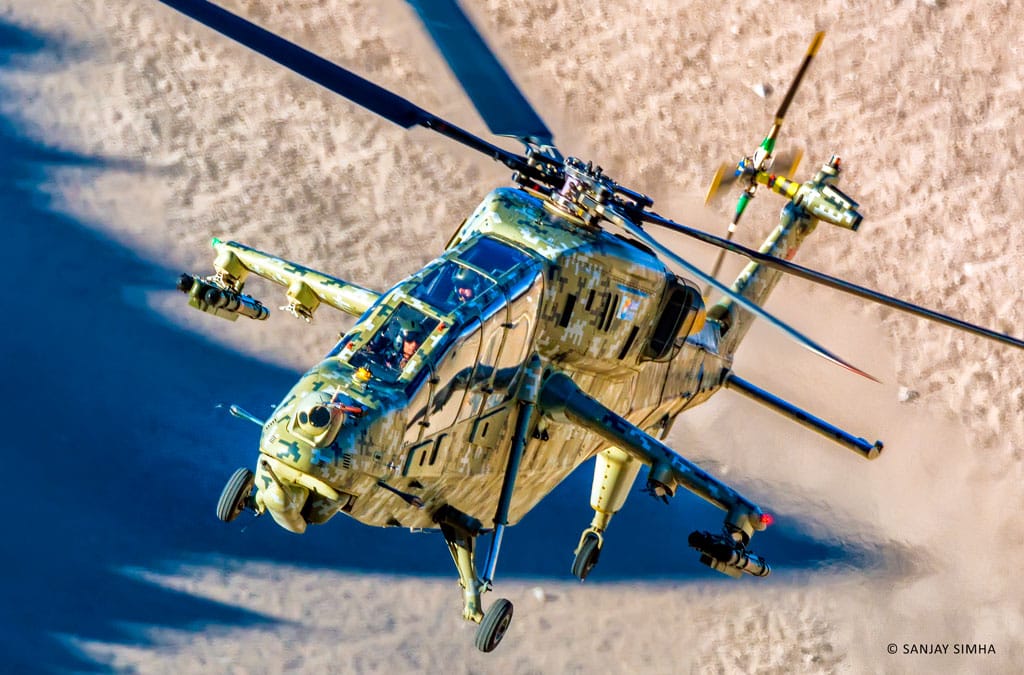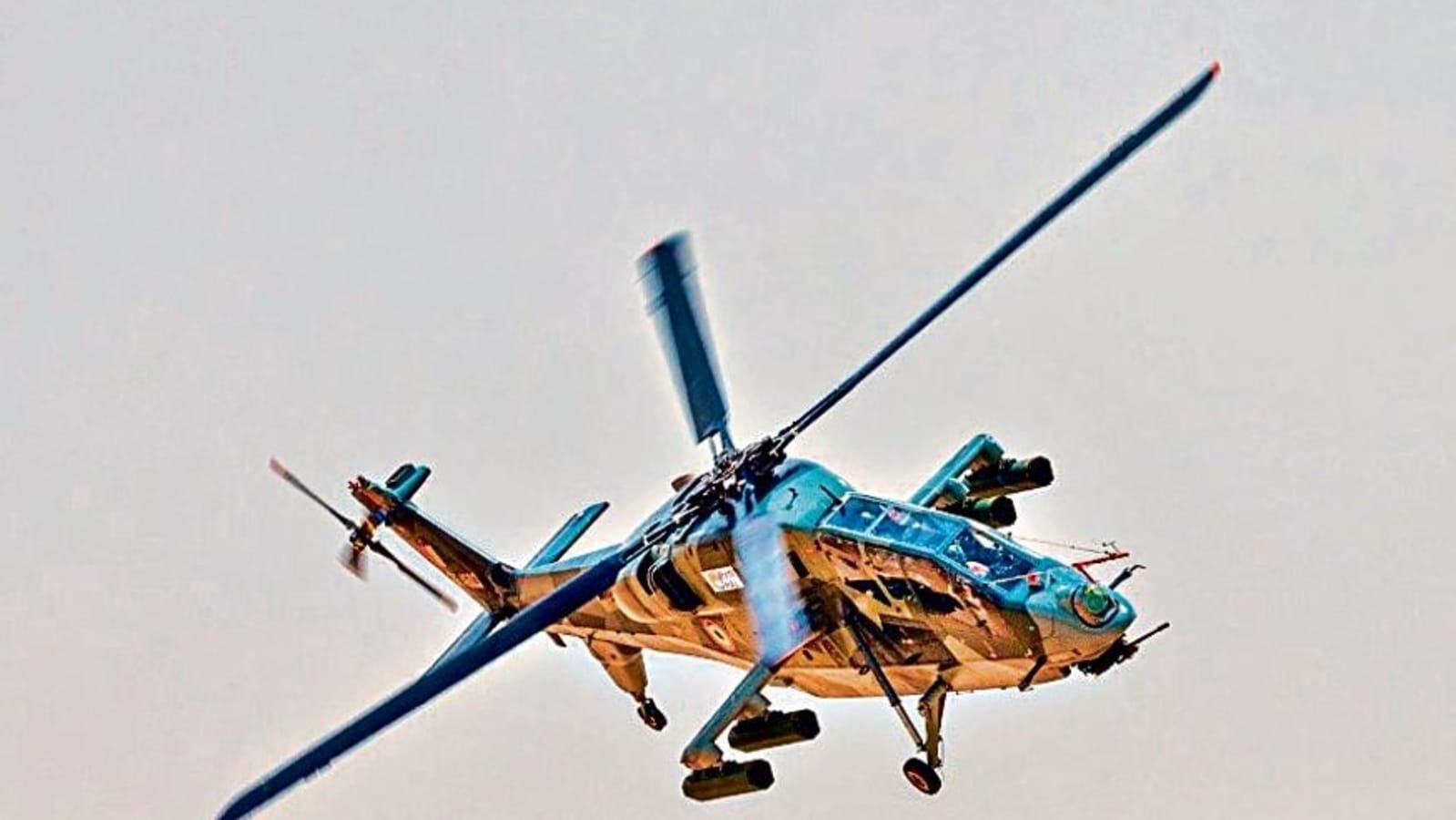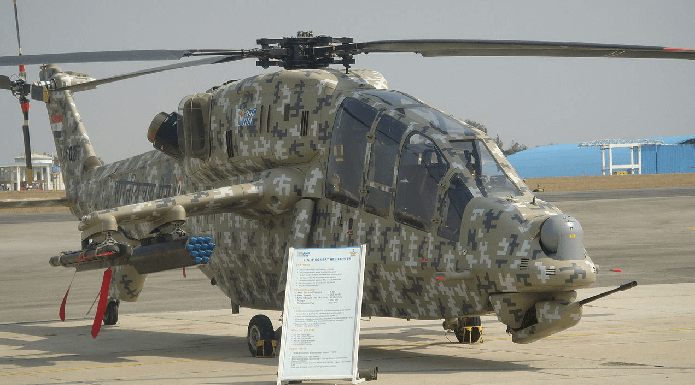Indian Air Force Chief Takes Maiden Flight in Indigenous Light Combat Helicopter
In a significant boost to India’s air power capabilities, the Chief of Air Staff for the Indian Air Force (IAF), Air Chief Marshal Rakesh Kumar Singh Bhadauria, recently embarked on a sortie aboard HAL’s domestically manufactured Light Combat Helicopter (LCH) ahead of its anticipated induction into the armed forces. The maiden flight took place in Bengaluru and lasted for an impressive 45 minutes.
The Light Combat Helicopter, designed and developed by the state-run defense giant HAL (Hindustan Aeronautics Ltd), represents a remarkable achievement in indigenous military technology.
During his inaugural flight as a co-pilot, Air Chief Marshal Bhadauria donned an olive-green flight suit and had the opportunity to closely examine the helicopter’s flying characteristics and the performance of its installed sensors. In a subsequent statement, he expressed satisfaction with the experience, calling it a “very good sortie.”
The Chief of Air Staff took off at 11:45 am from an airport in Bengaluru’s eastern suburb, alongside Deputy Chief Test Pilot Wing Commander (Retd) S.P. John. This momentous flight marked Bhadauria’s first time flying the twin-seater LCH, demonstrating his commitment to exploring the capabilities of India’s homegrown defense technology.
Air Chief Marshal RKS Bhadauria, who assumed the role of Chief of Air Staff in September 2019, has a history of flying HAL-manufactured aircraft. He also flew HAL’s Light Combat Aircraft (LCA) Tejas on May 27, 2020, during its induction into the IAF’s 18 Squadron, known as the “Flying Bullets,” at the Sulur air base near Coimbatore.
The LCH stands out as the world’s lightest multi-role attack helicopter, boasting an exceptional flight ceiling. The Defense Acquisition Council (DAC) has already given its approval for the initial batch of 15 LCHs, further strengthening India’s aerial capabilities.
The roots of the LCH can be traced back to the multi-role Advanced Light Helicopter (ALH) Dhruv and its weaponized version, Rudra. The first prototype of the LCH successfully took to the skies in March 2010, marking a significant milestone in indigenous defense technology development.
The successful sortie by Air Chief Marshal Bhadauria underscores the LCH’s potential as a potent platform, thanks to its exceptional design and development efforts and a dedicated flight test team. The IAF eagerly anticipates the LCH’s induction into its fleet, and Air Chief Marshal Bhadauria expressed confidence in HAL’s ability to expedite production.
In conclusion, India’s indigenous Light Combat Helicopter is poised to play a crucial role in bolstering the nation’s air power, and Air Chief Marshal Bhadauria’s maiden flight underscores the commitment to harnessing domestic defense technology for the country’s defense needs. The LCH’s induction into the armed forces represents a significant step toward achieving self-reliance in defense production.








